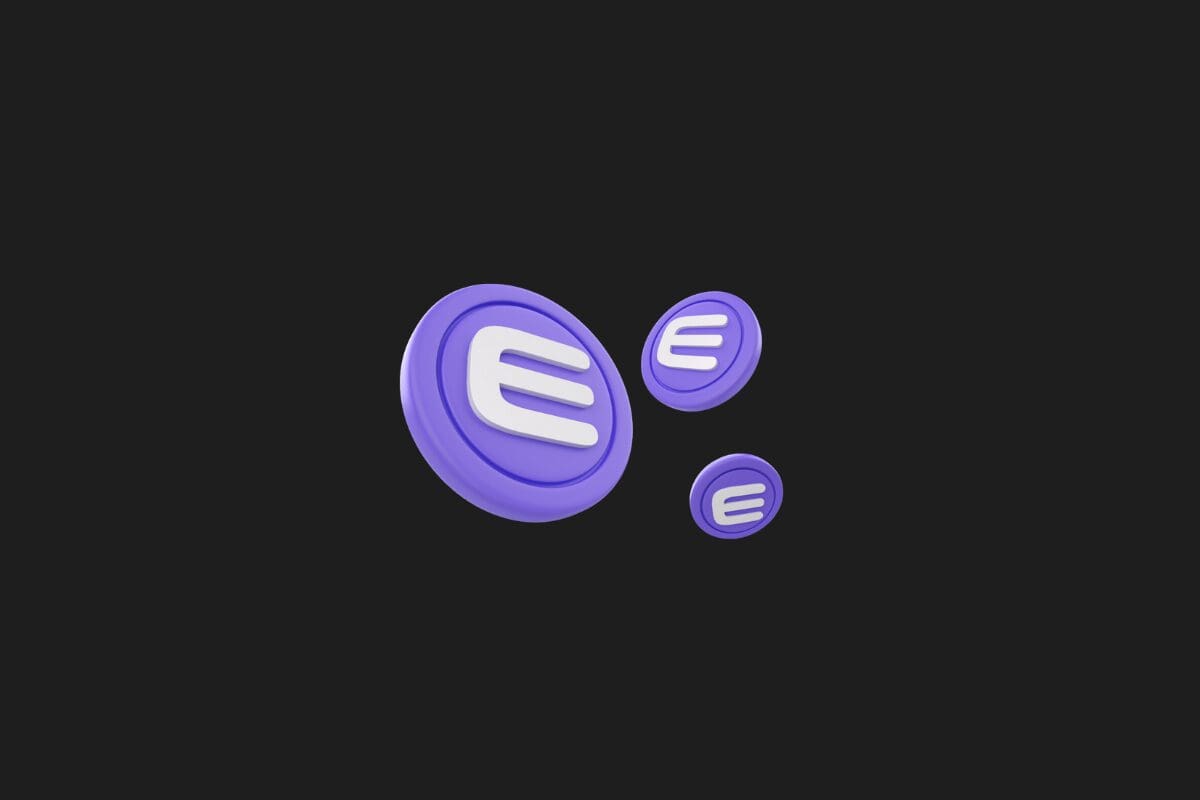The world of blockchain and cryptocurrency is rapidly evolving, with the metaverse becoming a significant focus. Among the various projects making waves in this space is Enjin (ENJ). If you’re new to the concept of the metaverse or blockchain gaming, this guide will help you understand what Enjin is, its potential, and how it fits into the broader metaverse ecosystem.
What is Enjin?

Enjin is a blockchain-based platform that allows users to create, manage, trade, and integrate virtual goods into gaming environments and online communities. The project was launched in 2009 as a community gaming platform, but it has since evolved into a leader in the blockchain gaming industry. The Enjin ecosystem revolves around its native cryptocurrency, Enjin Coin (ENJ), which powers the creation and management of digital assets.
How Does Enjin Work?
Enjin operates on the Ethereum blockchain, utilizing smart contracts to manage and distribute virtual goods. The platform allows developers to mint unique digital assets—such as in-game items, collectibles, and NFTs—by locking ENJ tokens into smart contracts. These assets are then assigned real-world value since each asset is backed by ENJ, which can be traded or sold on various marketplaces.
Why is Enjin Important for the Metaverse?
The metaverse is an interconnected digital universe where users can interact, play, create, and even earn a living. Enjin plays a crucial role in this space by providing the tools and infrastructure to create virtual goods that have real-world value. With Enjin, game developers and content creators can tokenize in-game assets, allowing players to own, trade, and sell their virtual items across different games and platforms. This level of interoperability and ownership is essential for the growth of the metaverse.
Key Features of Enjin
- Blockchain-Based Gaming Assets: Enjin allows the creation of blockchain-based assets, giving players true ownership of their in-game items.
- NFTs: Enjin supports the creation of non-fungible tokens (NFTs), which are unique digital assets that can represent anything from in-game items to digital art.
- Marketplace: Enjin offers a decentralized marketplace where users can buy, sell, and trade virtual goods and NFTs.
- User-Friendly Tools: Enjin provides developers with a suite of tools and APIs that make it easy to integrate blockchain technology into games and applications.
- Enjin Wallet: A secure mobile wallet that allows users to store, manage, and trade their digital assets and cryptocurrencies.
How to Get Started with Enjin
If you’re interested in exploring Enjin and its offerings, here are a few steps to get started:
- Download the Enjin Wallet: Available on both Android and iOS, the Enjin Wallet allows you to manage your ENJ tokens and other digital assets securely.
- Explore the Marketplace: Visit the Enjin Marketplace to browse and trade NFTs and other virtual goods.
- Join the Community: Enjin has a vibrant community of gamers, developers, and blockchain enthusiasts. Join forums, social media groups, and Discord channels to stay updated.
- Start Creating: If you’re a developer, Enjin provides SDKs and APIs that you can use to start integrating blockchain technology into your projects.
Enjin is more than just a cryptocurrency; it’s a gateway to the future of gaming and the metaverse. By enabling the creation and ownership of blockchain-based assets, Enjin is paving the way for a new era of digital interactions and economies. Whether you’re a gamer, developer, or blockchain enthusiast, Enjin offers tools and opportunities to be part of this exciting journey.
You may also like this content
- How to Play Axie Infinity?
- How to Play Alien Worlds?
- Metahero (HERO): Transforming the Metaverse with Realism

